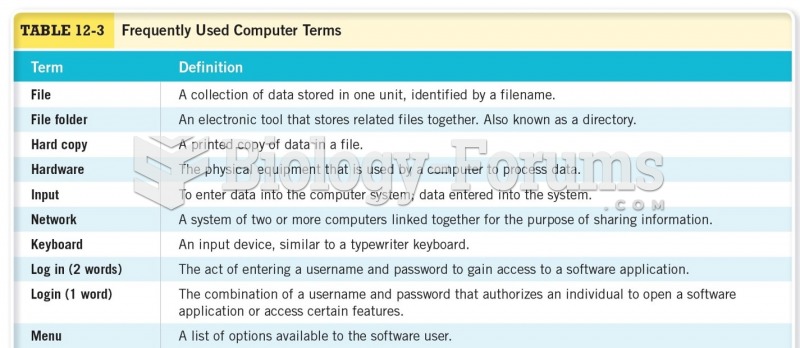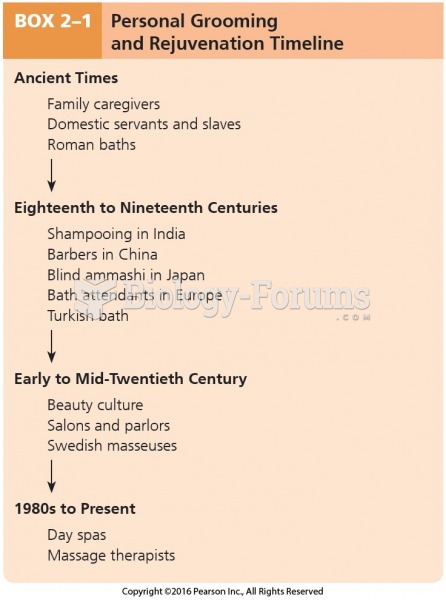Answer to Question 1You may say that smartphones are more effective in bridging the digital divide because the rapid and widespread use of cell phones has resulted in an increased investment in the infrastructure required to support wireless communications. In addition, as cell phone use has spread, financial institutions and other organizations have built applications capable of accepting text-based input to process user transactions and store cash or credits on users phones.
In almost all countries, many more people have access to smartphones than they do computers. Smartphones have several advantages over personal computers, including the following:
- Smartphones come in a wide range of capabilities and costs, but are cheaper than personal computers.
- Smartphones are more portable and convenient than the smallest laptop computer.
- Smartphones come with an extended battery life (much longer than any personal computer battery), which makes the cell phone more reliable in regions where access to electricity is inadequate or nonexistent.
- There is almost no learning curve required to master the use of a smartphone.
- Basic smartphones require no costly or burdensome applications that must be loaded and updated.
- There are essentially no technical-support challenges to overcome when using a cell phone.
However, you may also say that in countries with massive digital divides, the best way to start the bridging the gap would be to provide a personal computer and not a smart phone. Villages and lesser privileged individuals associate the desktop computer with advanced technology and the sudden introduction of a smartphone may prove counterproductive. Smartphones can be introduced at a later point of time after an awareness of technological advances has been established.
Answer to Question 2E-rate was created through the Telecommunications Act of 1996 and helps schools and libraries obtain broadband to the internet services to advance the availability of educational and informational resources. The program provides cost discounts that range from 20 percent to 90 percent for eligible telecommunications services, depending on location (urban or rural) and economic need. E-Rate reimburses telecommunications, Internet access, and internal connections providers for discounts on eligible services provided to schools and libraries. When the program started in 1996, only 14 percent of classrooms and 28 percent of public libraries in the United States were connected to the Internet. Today, over 92 percent of classrooms and virtually 100 percent of public libraries have Internet access.
While the program has steadily increased the number of schools and libraries connected to the Internet, there have been problems with fraud. The E-Rate program provides access to a teaching and learning tools while little training has been given that shows teachers how to effectively use them. Providing raw Internet connectivity without an effective curricular implementation plan is similar to leaving stacks of newspapers and library cards in the lunchroom and hoping students get smarter. In addition, standardized achievement tests measure ones fundamental knowledge of a discipline but do not measure ones familiarity with the current news of a field of study or ones ability to effectively research problems, both skills being invaluable to a graduate looking for work. There may be waste and fraud in the E-Rate program that should be eliminated but the results of the Stanford Achievement Test alone should not be sufficient evidence to discontinue the E-Rate program.







